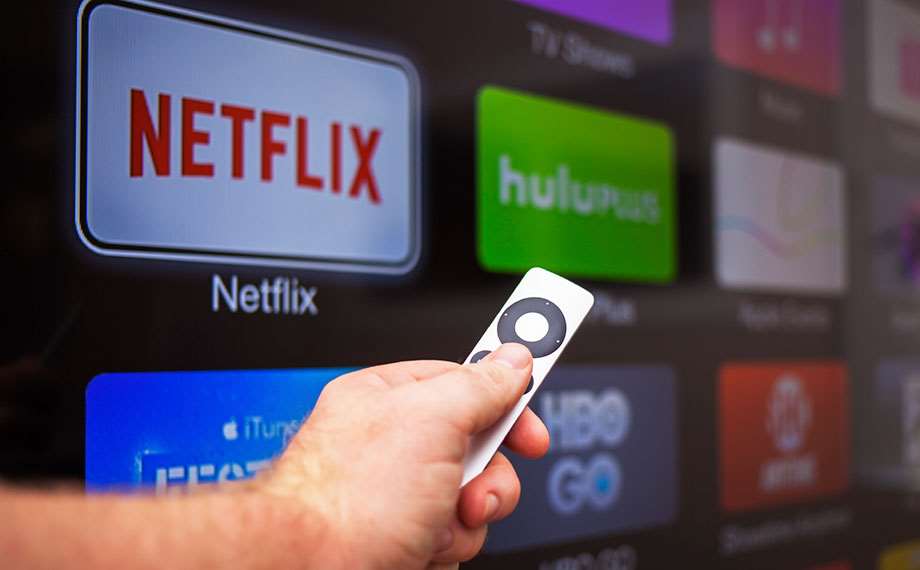Netflix co-founder Marc Randolph has fond memories of the Renaissance tower in downtown Dallas, Texas.
Once the tallest skyscraper in the city, it was also once the host of Blockbuster’s headquarters, and that means it’s a building that “played a very, very large part in the evolution of Netflix,” Randolph told Cisco Live! in Berlin last week.
Randolph recalls the northern hemisphere Autumn of 2000, when Netflix was a small company, around two years old, with “probably 50 employees and on track to do perhaps $3 million in sales.”
“More importantly we were on track to lose about $50 million that year, and for those of you who remember the year 2000, that was not a good time to be losing $50 million,” Randolph said.
“It would have been almost impossible to raise the money to recover from that.
“Being prudent entrepreneurs we said to ourselves, ‘It’s time to explore our options’ which is code for, ‘How can we sell this company?’”
The “obvious decision”, according to Randolph’s recollection, was to target Blockbuster, a company that – at that time – found itself “on a very different trajectory” to Netflix.
“Blockbuster was on track to do $6 billion in sales, they had 9000 stores and 60,000 employees,” Randolph said.
“So we were nothing to them. And in fact despite numerous calls and reaching out, we couldn’t even get Blockbuster to call us back.”
With nothing else to do, Netflix simply got on with business. For Randolph and fellow co-founder and current CEO Reed Hastings, that meant attending a corporate retreat in Alisal, outside of Santa Barbara.
“You know how casual California and Silicon Valley in particular,” Randolph said.
“So when we go on a corporate retreat it’s even more so. I think all I had packed was a pair of shorts, sandals and some ‘tank top’ t-shirts.
“My partner Reed Hastings had a Hawaiian shirt and that was his dressiest piece of attire.
“And you can imagine that of course this is the time that Blockbuster called and said, ‘We’ll see you now’.”
The pair decided to get back to Dallas for the meeting, but had “no idea” how to cover the 2650-odd kilometres by morning.
Despite being “broke”, they rented a jet to get back for the pitch.
“I’m in my shorts and flip flops, Reed is in his Hawaiian shirt,” Randolph recalls.
“We land in Dallas, we taxi to this building, get ushered up to the 35th floor, into a conference room that seems like it was the size of [a conference auditorium].
“We’re there all casual and in come the folks from Blockbuster and they have their three-piece suits, their vests, and their polished wingtip shoes, and we begin our pitch.”
Netflix’s pitch was simple: buy it, and the Netflix team would run online operations for Blockbuster to augment their existing business.
“They listened very carefully and they asked a few questions, and they said, ‘So how much were you thinking we should pay for you?’” Randolph said.
“Reed kind of screwed up all his courage and said, ‘$50 million?’”
“They laughed at us. And the meeting went downhill very quickly after that.”
Randolph recalls slinking out of the building, back to the airport and back to the corporate retreat in California.
“The plane ride back to Santa Barbara was very quiet, and all I could think was, ‘Now we’re going to have to kick their ass’,” he said.
“It took us ten years but we did. Blockbuster as you know went into bankrupty. There’s a little bit left, but it’s barely the shell of what was once a behemoth.”
Randolph believes there are two lessons to be learned from Netflix’s rise and Blockbuster’s demise.
“The first one is a lesson of hope and inspiration – that a handful of people with nothing more than a great idea that were willing to try things and hustle, could take down a 60,000-employee company,” he said.
“But it’s a little bit of a different story if you are that big corporation. And there’s someone out there who right now looks nothing like you, is a fraction of your size, who is out gunning for you.
“You have to recognise that if you’re not prepared to disrupt yourself someone else is going to disrupt you for you.”









